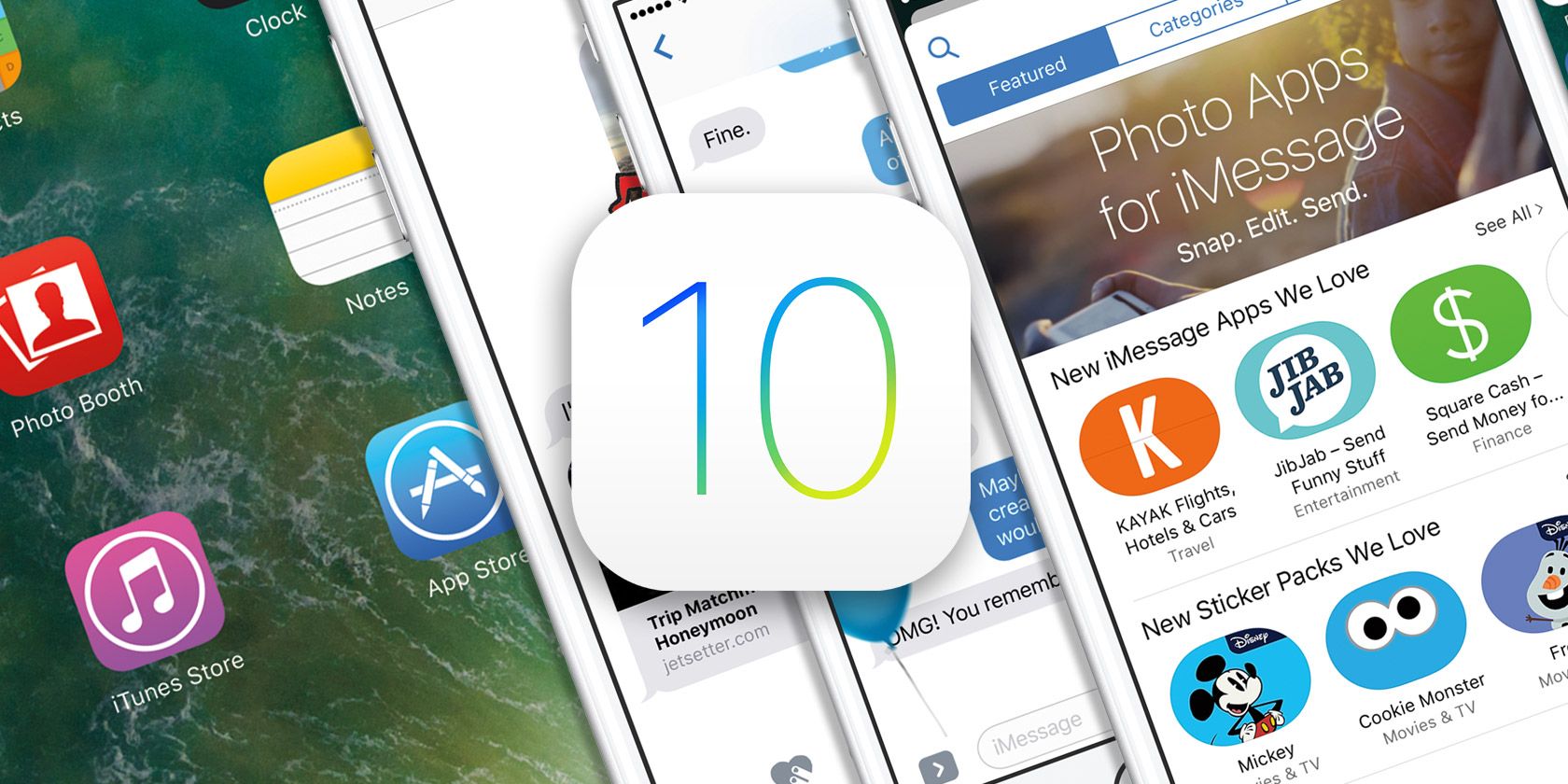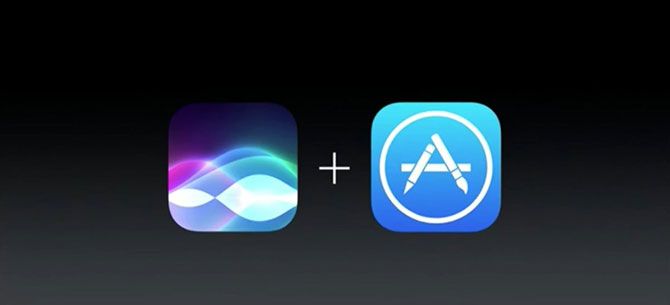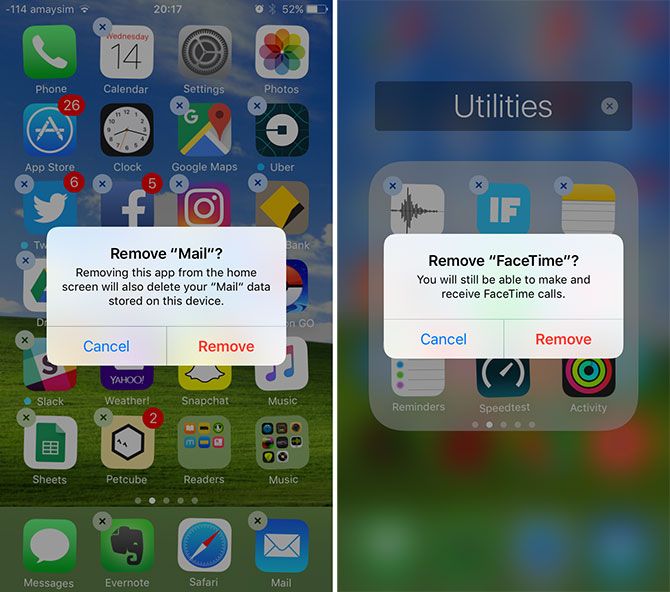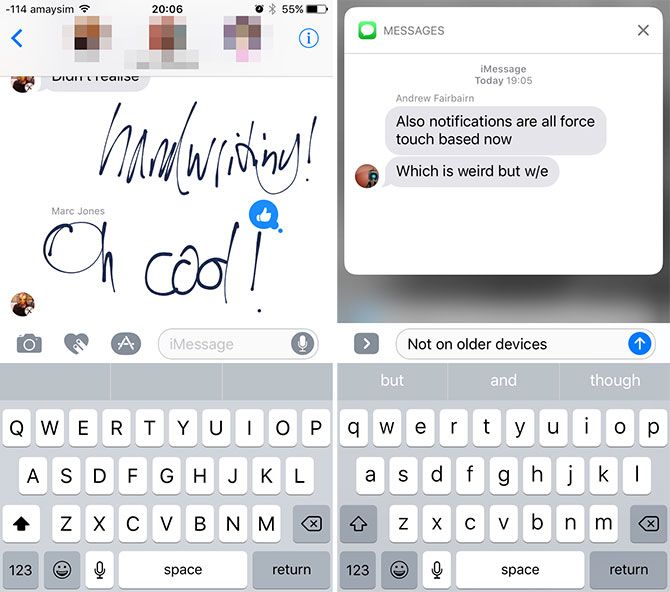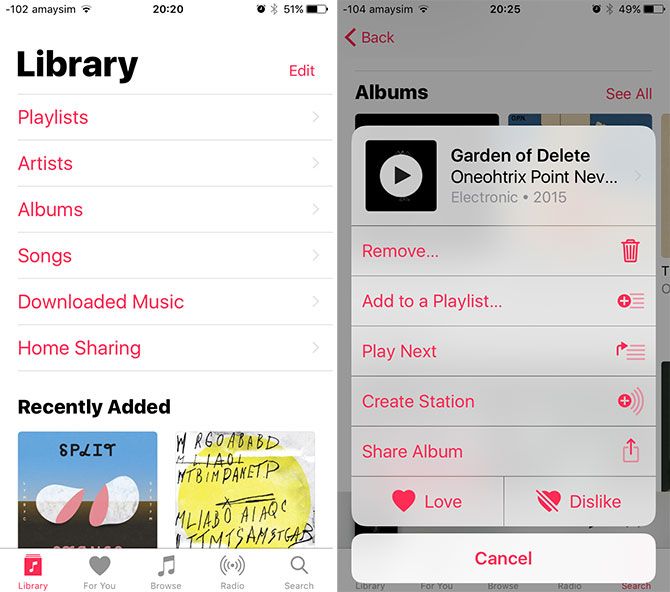Apple's tenth revision of its mobile operating system is here, and you can upgrade right now for free. The same thing happens every year -- Apple announces a new iPhone, then a week later, the device is released to the public along with an update for existing iPhone, iPad and iPod touch owners.
There are only a few major changes this time round, but developers have had about three months to implement some of the new features into their apps. So here's how, why, and which devices can take advantage of the new software.
Siri Is Much More Useful
iOS 10 heralds the arrival of SiriKit for developers, which allows Siri to control your third party apps in the same way that Apple's core services do. For the first time ever, you can get Siri to send a message with WhatsApp, LinkedIn, WeChat, or Slack: "Tell John I'm on my way now with WhatsApp." If you have multiple contacts with the same name, Siri will ask you which one you meant.
You can do other smart things too like search for pictures of cats on Pinterest, pay people real money with Square Cash, and order a ride via Lyft or Uber. It's not a third-party free for all (yet) however, as SiriKit only works with six types of apps: audio and video calling, messaging, mobile payments, searching photos, fitness apps, and transportation services like Uber. That means you won't be able to control Spotify with Siri any time soon (only Apple Music gets that privilege).
Thankfully, the ability to send messages from any supported apps and ordering a ride is genuinely useful, and while SiriKit perhaps isn't as fleshed out as many of us (and developers) might like, it's a promising sign of what Apple wants its smart assistant to be in future.
Delete the Stock Apps You Don't Want
You moaned and Apple listened. Once you upgrade to iOS 10 you can delete a whole heap of pre-installed stock applications rather than burying them in a folder you've named with the poop emoji.
The full list of Apple apps you can delete are: Calculator, Calendar, Compass, Contacts, FaceTime, Find My Friends, Home, iBooks, iCloud Drive, iTunes Store, Mail, Maps, Music, News, Notes, Podcasts, Reminders, Stocks, Tips, Videos, Voice Memos, Watch, and Weather.
There are a few interesting ones in there. You can delete the FaceTime front end, but you'll still be able to make and receive FaceTime calls from the Contacts app and other parts of the OS (you're basically deleting the shortcut). The same is true for iCloud Drive, which is merely a shortcut to a folder view of your Apple cloud storage.
If you want to get those apps back, just search for them on the App Store where you can download them free of charge.
Send More Exciting Messages
The Messages app has been updated to include a bunch of colorful features, like the ability to send animated text bubbles and full-screen effects. This is all done via the "up arrow" send button, which you can Force Touch (or long-press on non-3D Touch devices) to reveal the Bubble menu with a bunch of options.
For text bubbles you can "Slam" your message onto the screen, yell it with "Loud", or send an invisible message which is pixellated until the recipient swipes across the screen. This menu also includes a tab for Screen effects which includes Balloons, Lasers, and Confetti for those special moments that require them.
You'll also find a full App Store under the > button, where you can download sticker packs and send them to your contacts, or send money or your now playing song in a few taps. When typing messages, certain words are able to be replaced with emojis -- just tap your emoji button and any word that changes to gold can then be tapped to substitute it for an emoji instead.
You can also send a handwritten message by turning your device landscape (just hit the squiggly line if the feature doesn't show up automatically). It's also possible to drop stickers on images that have been sent, or draw all over a photo and send it back using the Markup tool. We'll take a detailed look at all of these new features in an upcoming article.
Better Interface, Notifications, Lock Screen
Even after iOS 7's "flat" interface redesign, iOS notifications haven't really evolved much beyond a few canned responses like the ability to favorite a tweet or quickly reply to a message. That changes with iOS 10, which include real-time data within these lock screen notifications -- the classic example being an Uber notification which shows you where your driver is in real-time, without having to unlock your phone or launch the app.
You can do other stuff too. Either Force Touch a notification (or swipe-left across it and choose View on older devices) to see the last few messages within a conversation, or get more options pertaining to the app that's notifying you. Things act a little differently when your phone is unlocked -- swipe down from the top of the screen to interact with the app without having to leave the app you're currently using.
This is improved on the functionality in iOS 9, which included the feature but was limited in terms of messaging (for example) in that you could only reply to that notification directly. Now you can peek directly inside the app and see other messages without having to launch it at all.
A new lock screen allows you to swipe left to access the camera and swipe right for access to your widgets. You now need to press the home button to unlock, but you can simply raise your phone to check notifications without having to press a button.
Search Your Pictures Properly
Apple is also introducing a vastly improved way to search and sort your photos in iOS 10. By employing a similar level of learning as seen in the cloud-based Google Photos, the Photos app is now able to recognise people, objects, and allow you to search by these parameters to better find what you're looking for.
There are two new albums under the Albums tab too: People and Places. The app can now learn who the people in your images are, and use geotagging information to plot all your images on a map so you can sort by location (something you've always been able to do, but it wasn't necessarily obvious in the post-iOS 7 update).
There's also a new Memories tab that creates videos based on connected images, allowing you to customize and share it with your friends if you want to.
Apple Music & News Facelifts
Certainly not the biggest deal for every iOS user, but nice nonetheless. If you use Apple Music you will be treated to a new interface and improved user experience -- something that's also coming to macOS Sierra too. The News app has also had a redesign, and now features Apple Music-like tabs at the bottom of the screen and the ability to subscribe to certain news sources.
All the Small Things
Apple Maps gets a new interface and looks a lot nicer, with a few new features like live traffic and the ability for other developers to integrate their apps. Whether this will tempt you away from Google Maps or not remains to be seen.
You can now shoot RAW photos using your iPhone, but you'll need an iPhone 6s, 6s Plus, SE, 7 or 7 Plus to take advantage of the feature (presumably because RAW files are huge and it's difficult for older devices to keep up when capturing that much data). At present you'll need an app like Lightroom or Obscura [No Longer Available].
A universal clipboard feature is coming when macOS Sierra launches on the 20th of September, but it should work already if you're running the public beta. You can also type in multiple languages to avoid autocorrection errors if you're bilingual or feeling a little avant garde.
A new smart-home-focused Home app brings all your HomeKit devices together under one interface. You can control connected plugs, smart lighting, thermostats, and more without relying on a separate app for each.
And of course plenty of security updates (especially if you haven't updated in a while) and hundreds of hidden tweaks under the hood.
How Do I Upgrade?
Not all iOS devices will support the update, and this time round sees Apple drop support for the ageing iPhone 4s which simply doesn't have the hardware to play nicely with iOS 10. If you own an iPhone 4s, iOS 9 is your last free upgrade! The full list of supported hardware is:
- iPhone: 5, 5c, 5s, SE, 6, 6 Plus, 6s, 6s Plus, 7 or 7 Plus.
- iPad: 4th gen, Air, Air 2, Pro, mini 2, mini 3, mini 4.
- iPod Touch: 5th & 6th gen.
To upgrade your device, head to Settings > General > Software Update and wait for the download and installation process to complete. Just in case something goes wrong, you should back up your iPhone in iTunes before you do this by hitting Backup Now on the Summary tab in iTunes. If you back up to iCloud, you already have a copy of your data in the cloud, but local backups are much faster to restore and will get you back on your feet in less time than a large download from Apple's servers.
You can also perform the update from within iTunes on the Summary tab if you want. Keep in mind that demand will be high over the first few days, and you might experience slow downloads or an inability to contact the servers altogether.
Once you've installed iOS 10 and rebooted your device, you'll need to sign in to most services again as your login tokens will have expired -- this includes iCloud, the App Store, email accounts, and third-party apps like Evernote and Slack.
Have you upgraded to iOS 10? What are your favorite new features?

